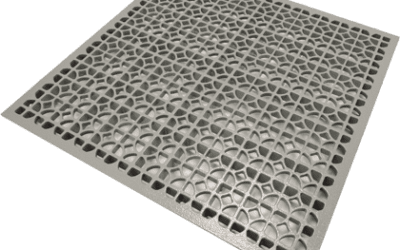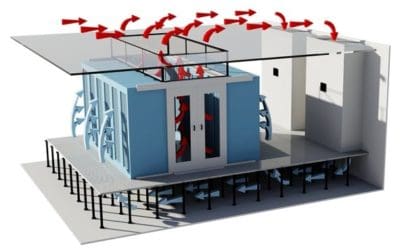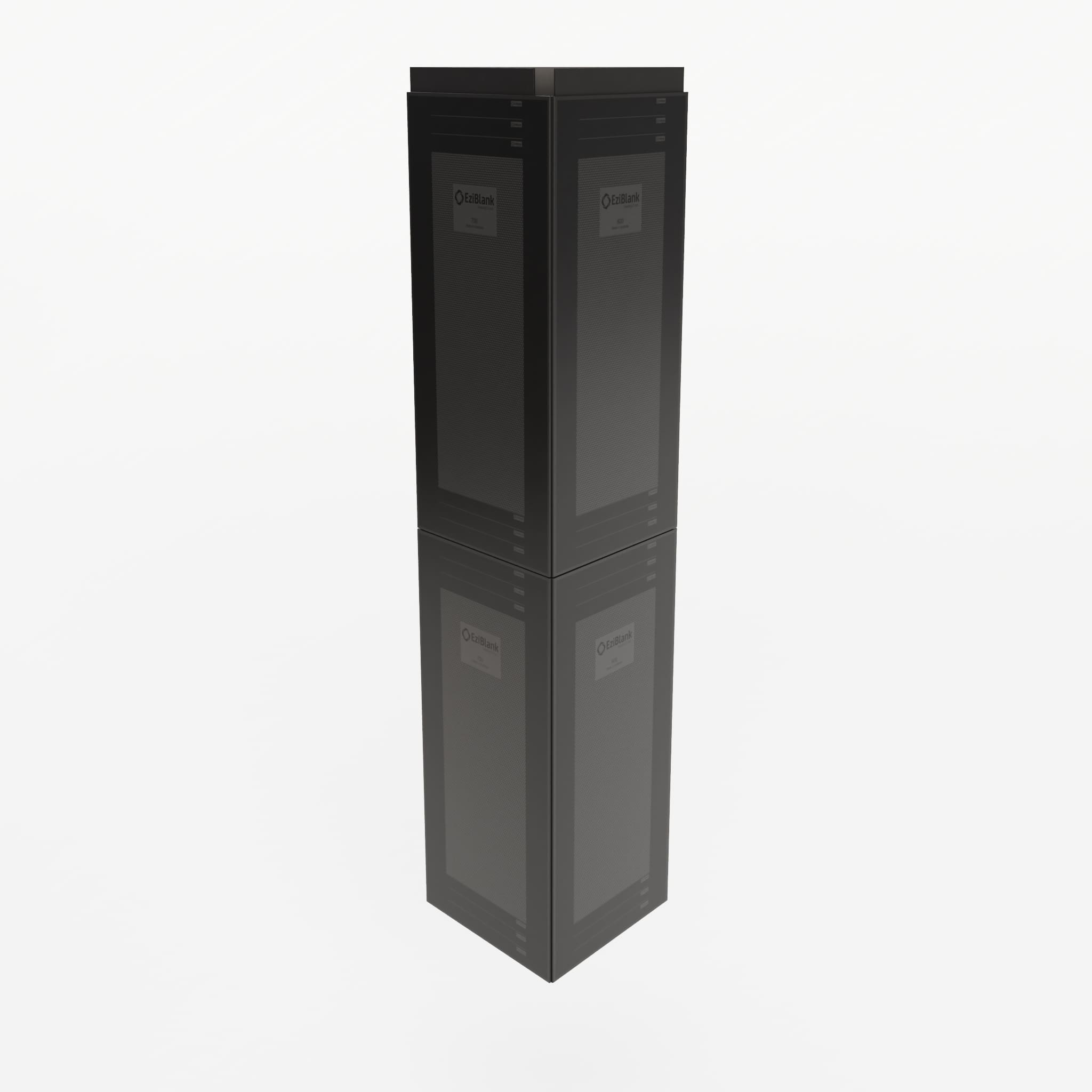The Basics of Airflow Management
When it comes to the average data centre, it’s a complex subject.
The amount of information around when it comes to how they operate and how to build them is endless.
Likewise, when it comes to airflow management, there is an abundance of information available but sometimes it may be a little too detailed when it comes to finding a quick answer.
So let us teach you the basics.
We will give you all the essential information you need to know in an easy-to-read guide that will have you speaking the language in no time.
In the article:
[—ATOC—]
[—TAG:h2—]
What is Data Center Airflow Management?
When we talk about airflow management in relation to data centers, we are talking about controlling the temperature in and around IT gear to maintain and increase efficiency.
If the airflow is poor, it can prevent cool air from being able to reach overheated components or may cause warm air to remain trapped in one area.
Without the right air circulation, your IT components, heating, ventilation and air-conditioning will have to go the extra mile to maintain ideal conditions.
And why is that an issue?
Well simply put, this will stunt productivity and make your bills a lot bigger than you may be anticipating.
A good goal for for a data center manager is to only allow air to pass through a device once.
What are the primary areas of focus?
Airflow management in a data center involves implementing solutions that control room temperatures, reduce fan speeds and create ideal circulation channels.
The primary areas of focus include:
Room
To maximise the effects of airflow management techniques you need to actively control the temperature in the data centre.
Racks
Allowing too much air space between the racks holding the servers and other equipment can create pockets that trap air before it can escape, however they still need room to circulate.
Closing off all the air gaps in a rack helps to regulate the rack temperature which has a positive impact on uptime as there are less device failures.
Floors
Surprisingly, the floors play a significant role and present unique challenges when it comes to controlling the data center temperature. Standard floors often inhibit airflow in comparison to raised floors which can leak air in unwanted locations.
Rows
Positioning multiple cabinets into rows is ideal for maximising the space but for optimising temperature control, aisles should be separated by hot and cold air.
Why is Management of Airflow so Important?
Aside from blowing your budget on high energy consumption, lower productivity and a few headaches (you can see why it is important, right?), poor airflow management could lead to a number of issues which include:
Bypass Airflow
When air that has been conditioned fails to pass through the IT equipment it is supposed to be cooling, it is known as Bypass Airflow. Preventing the mix of hot and cold airflow patterns by reducing the amount of bypass airflow helps enable changes to be made to the CRAC unit – saving you some cash on energy bills.
Hot Spots
When hot exhaust air mixes with the cold conditioned air on its return to the cooling units it can reduce the cooling capacity of the cooling units and can cause latent cooling.
Latent Cooling
When hot exhaust air mixes with cold conditioned air on its return to the cooling units it can reduce the cooling capacity of the cooling units, in effect, causing latent cooling. Latent cooling can reduce humidity within the data center which can affect the performance of the servers. It can also result in cooling coil condensation which consumes cooling capacity.
Short Cycling
Another form of bypass airflow that results in floor grilles failing to deliver cold air to its intended location. It occurs where the speed of the cold air moving beneath the grille produces negative pressure which hinders the air flowing out of the tile, and in some cases, it could lead to air being sucked back into the plenum.
Common airflow solutions to familiarise yourself with
Data center airflow management involves regulating the circulation of both warm and cold air.
The primary goal is to contain cold and warm air to the ideal locations while providing channels for cool air to reach overheating equipment and for warm air to disperse. Temperature-separated aisles, cabinets and floors are all central battlegrounds for both cold and hot air regulation.
Here are some common tools you should associate yourself with to solve airflow problems:
Filler panels
Filler panels, also known as blanking panels, (read more about what blanking panels are and why you need them ) are used to close openings that are not being used in a rack enclosure. They prevent hot and cold air from transferring to unused spaces, making it easier to manage airflow.
Rack chimneys
Just like a normal chimney, rack chimneys provide an escape route for rising warm air, funnelling it into HVAC ducts and out of the building. This prevents it from sitting on top of IT equipment and complicating cooling efforts.
Brush Grommets
Brush grommets enable cables to pass through while sealing cold air where it needs to stay. They prevent air from escaping through crevices that allow cables into the room.
Curtains
Plastic curtains, blankets or other heavy drapery items are easy to install and produce noticeable results by sealing off hot and cold cabinet aisles to maximise the effects of airflow regulation techniques.
Does data center design play an important role in airflow management?
If a data center is poorly designed or managed, it will often end up with airflow management issues which may include the ones discussed above.
So it’s safe to say the answer is yes, data center design does play an important role in airflow management.
It is essential to have a data center airflow management plan to ensure nothing is missed or overlooked.
What are some of the components often overlooked when it comes to airflow management?
When it comes to airflow management there are often a few components of a data center which may be overlooked when it comes to infrastructure.
Whilst overall efficiency and reducing operating costs are a priority for a data center, there are set points which could be greatly improved in many centers.
Open RU Spaces
It’s no secret that we love blanking panels . In fact, it’s probably one of our favourite things!
But..
As much as we adore them, unfortunately many data centers are yet to have installed them or have not completed their installation, even though they are considered to be a well-known best practice.
And as an advocate of airflow management solutions, we would love to see them used in ALL data centers around the world.
However, all jokes aside, data center managers should definitely consider the benefits of installing blanking panels when it comes to airflow management improvements.
Underneath cabinets
The data center is state-of-the-art, everything is running efficiently and the IT load is perfect thanks to equipment reliability.
However, the spaces under the racks are not sealed.
If you consider the amount of floor space that is open underneath the racks, you may quickly realise that this could potentially hinder your data center airflow management plan.
Addressing this potential issue could maximize the benefits of airflow management initiatives, essentially reducing operating costs and increasing cooling capacity.
Between mounting rails and edges of cabinets
It is important to seal the open space between mounting rails and the sides, top and bottom of the enclosure.
Why?
Because these spaces are so close to IT equipment intakes, server exhaust air often circulates through these spaces and is ingested by IT equipment.
So definitely something to keep in mind.
Conclusion: The moral to airflow management
Whether you are new to airflow management, lower cooling costs or energy efficiency in your data center, having the correct management plan is essential for your high-tech computer room.
You heard it here first.
So find out more about hot aisle vs cold aisle containment, read up on energy efficiency or perhaps find out how to calculate Power Usage Effectiveness (.
To ensure you keep your server room happy.






